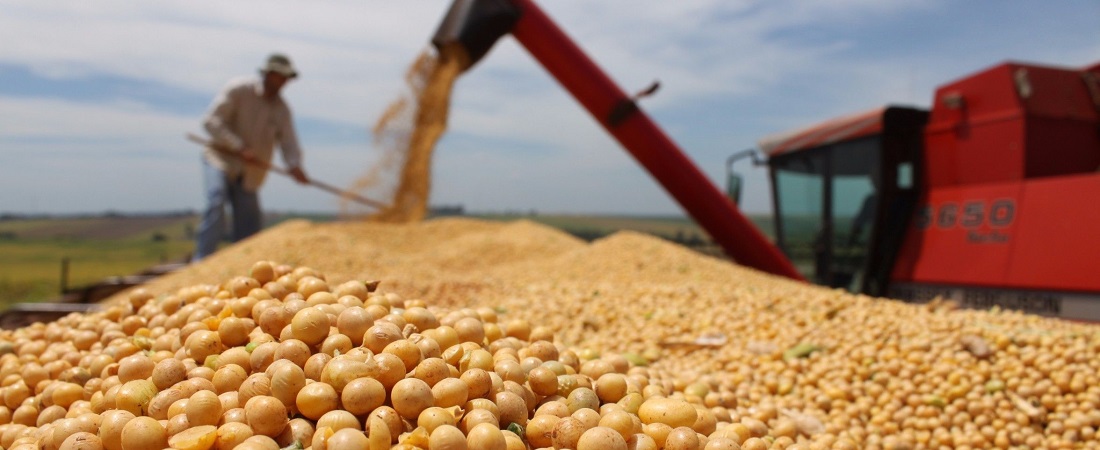
Drought impacted grain shipment through northern ports in 2023
May, 07, 2024 Posted by Sylvia SchandertWeek 202418
Brazilian exports of soybeans and corn surged to 180.4 million tonnes in 2023, marking a 26.7% increase from the previous year. Of this total, 36.8% departed the country via the Northern Arc, a logistics network encompassing ports, highways, and railroads in the North region. This data comes from the 2024 Agrologistics Yearbook, recently published by the National Supply Company (CONAB). In 2022, the Northern Arc accounted for 40.3% of soybean and corn exports.
Among the Northern Arc ports, the highlight in 2023 was Itaqui (Maranhão), with 20.3 million tonnes and 11.3% of the total shipped by Brazil, followed by Barcarena (Pará), with 19.1 million and 10.6% of total soybean and corn shipments.
“There has been a constant growth in exports through the Northern Arc, following the increase in production in the north of Mato Grosso and Matopiba,” said Thomé Guth, CONAB’s operational logistics director, during an online event. In the past five years, the volume of soybeans exported through Itaqui grew by 59.2%, while Barcarena saw a 90% increase, he said.
However, in 2023, the Northern Arc lost its share in total shipments, mainly due to navigability issues in waterways in the North region, given the severe drought. The increase in soybean and corn production in the South region, of 63.6% and 15.5%, respectively, over 2022, also contributed. That boosted shipments through the ports of Rio Grande (Rio Grande do Sul) and São Francisco do Sul (Santa Catarina), CONAB said.
According to the yearbook, the Port of Santos continues to be the country’s largest outbound logistics corridor, with 61.4 million tonnes of soybeans and corn shipped in 2023, or 34% of exports.
Among internal logistics modes, the use of waterways has grown, while highways represented 45% of the total used in 2023, an 11-percentage-point increase over the previous year, according to the study. The drought also hampered the advancement of riverways as an alternative.
Even so, Mr. Guth pointed out that waterways went from transporting 3.4 million tonnes of soybeans and corn in 2010 to 30 million tonnes in 2023. In percentage terms, the mode of transportation, which represented 8% in 2010, reached 23% in 2022 and 19% in 2023.
The yearbook also showed that there was an 18.6% drop in fertilizer imports last year, to 34.6 million tonnes. In 2022, the Russia-Ukraine war stimulated advance purchases, which increased volumes.
From 2019 to 2023, there was a 22.9% increase in fertilizers imported by Brazil as the Northern Arc gained ground. According to CONAB, 20% of purchases in 2023 came through the ports of Itaqui, Santarém, Salvador, Barcarena, Itacoatiara, Maceió, Recife, and Aracaju.
Source: Valor Internacional
-
Ports and Terminals
Sep, 24, 2024
0
Itapoá Port Boosts Reefer Capacity to Capture Growing Animal Protein Market
-
Oil and Gas
Feb, 06, 2024
0
Turkey, Brazil became main importers of Russian seaborne oil products in 2023
-
Blog News (ENG)
Mar, 12, 2024
0
Melon claims top spot in Brazil’s Rio Grande do Norte export agenda
-
Shipping
Sep, 10, 2024
0
HMM details $17.5bn expansion plans



